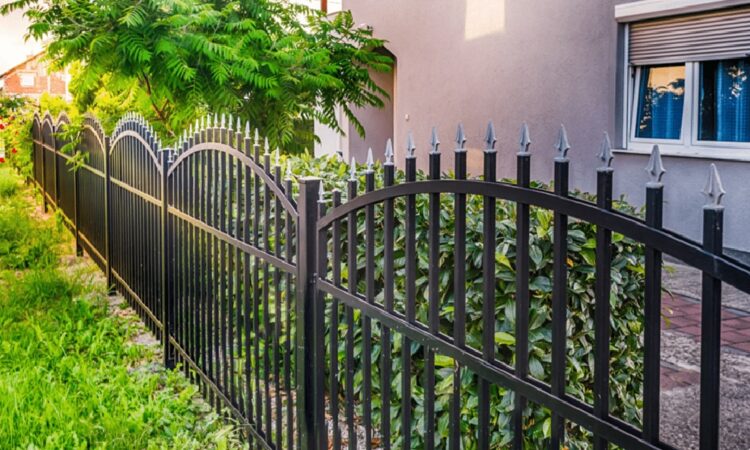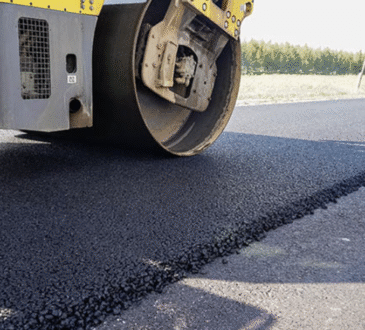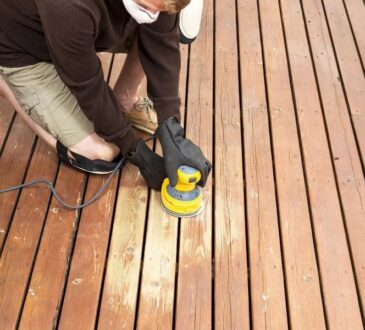
Metal iron fencing installation is an excellent choice for homeowners and property managers looking to enhance security while also adding aesthetic appeal. This guide provides a comprehensive overview of the benefits, planning considerations, installation process, and maintenance of metal iron fencing.
Benefits of Metal Iron Fencing
Enhanced Security
One of the primary reasons for installing a metal iron fence is its ability to provide robust security. The durability of iron makes it difficult for intruders to breach, acting as a deterrent against potential theft or vandalism. With options for added features such as locking gates and taller designs, metal iron fences can offer a high level of protection for residential and commercial properties alike.
Aesthetic Appeal
In addition to security, metal iron fencing installation adds significant aesthetic value to a property. Available in various designs, colors, and finishes, these fences can complement the architectural style of a home or business. From ornate wrought iron styles to more modern minimalist designs, metal fencing can enhance curb appeal and increase property value.
Low Maintenance
Metal iron fences require relatively low maintenance compared to other materials. With proper installation and regular upkeep, they can withstand harsh weather conditions without warping, rotting, or deteriorating. A simple wash and occasional repainting can keep your fence looking great for many years.
Planning Your Metal Iron Fence Installation
Assess Your Needs
Before proceeding with metal iron fencing installation, it’s essential to assess your specific needs. Consider the primary purpose of the fence—whether it’s for security, privacy, decoration, or a combination of these factors. Understanding your requirements will guide you in choosing the right design, height, and material.
Check Local Regulations
Familiarize yourself with local zoning laws and regulations regarding fencing. These may include height restrictions, required permits, and property line considerations. Consulting with your local planning department can help ensure that your installation complies with all necessary guidelines.
Determine Your Budget
Creating a budget is a critical step in the planning process. Metal iron fencing can vary significantly in cost depending on the style, height, and complexity of the installation. Be sure to account for additional costs such as labor, permits, and any necessary accessories like gates and locks.
Choosing the Right Style
Wrought Iron Fencing
Wrought iron is known for its strength and ornate designs, making it a popular choice for both security and aesthetics. It can be customized with decorative elements like scrollwork, spikes, and finials, providing a classic look that enhances the property’s charm.
Aluminum Fencing
For those seeking a lightweight and cost-effective alternative, aluminum fencing mimics the appearance of wrought iron without the same level of maintenance. While not as strong as traditional iron, it offers good durability and rust resistance, making it suitable for many environments.
Chain Link Fencing
Though not as decorative as wrought iron, chain link fencing can be coated with vinyl or powder for a more appealing appearance. This option is typically less expensive and can be an excellent choice for larger properties that require a secure perimeter without the frills.
Installation Process
Gather Materials
Before starting the installation, gather all necessary materials and tools, including:
- Metal iron fence panels or sections
- Fence posts
- Concrete mix (for securing posts)
- Level
- Tape measure
- Post hole digger or auger
- Wrench and screws for assembly
Mark the Area
Using stakes and string, mark the outline of your fence. This will help you visualize the layout and ensure that your installation adheres to property lines and any local regulations.
Install the Fence Posts
- Dig Holes: Using a post hole digger, excavate holes for your fence posts. The holes should be deep enough to provide stability, typically one-third of the post’s height.
- Set Posts: Place the posts in the holes and use a level to ensure they are plumb. Fill the holes with concrete to secure them in place, allowing adequate time for the concrete to cure.
Attach Fence Panels
Once the posts are securely set, attach the metal iron fence panels to the posts. Use a wrench and screws to fasten the panels, ensuring they are aligned correctly. Double-check for level and straightness as you work along the length of the fence.
Install Gates
If your design includes gates, install them after the panels are in place. Ensure the gates swing freely and close securely, using quality hardware for added durability.
Maintenance Tips
To keep your metal iron fencing looking its best and functioning properly, follow these maintenance tips:
- Regular Cleaning: Wash your fence periodically with mild soap and water to remove dirt and debris. A pressure washer can be used for tougher stains.
- Inspect for Damage: Regularly check for any signs of rust or damage. Addressing minor issues promptly can prevent more extensive repairs later.
- Repaint as Needed: If your fence starts to show signs of wear, consider repainting to maintain its appearance and protective coating.
Conclusion
Metal iron fencing installation is a worthwhile investment that enhances security and aesthetic appeal for any property. By understanding the benefits, planning effectively, and following proper installation and maintenance procedures, you can enjoy a beautiful and durable fence for years to come. Whether you choose wrought iron, aluminum, or chain link, the right fence will enhance your property’s beauty and safety.




